GUEST BLOGGER NORA NICKUM
On the west coast of the US and Canada is a unique population of endangered orcas known as the Southern Residents. Currently numbering 73, they all have names, like Blackberry, Tahlequah, Tofino, and Kiki. Some of my favorite memories from childhood are when I caught a glimpse of them swimming through kelp beds or splashing their tails, or I saw all three pods gather for a family reunion known as a superpod.
Various skills save orcas
Their numbers have sadly dropped, but as I write about in Superpod: Saving the Endangered Orcas of the Pacific Northwest, there are many people bringing different skills–from science to art to public speaking–to help save these orcas from extinction. That requires addressing the three main threats to their survival: scarce food (salmon), toxic pollution, and underwater noise. Today, we’re going to explore that third threat. Why does sound matter so much to these whales, and how can kids use their words to help quiet the waters?
Describing the sounds of different orca calls
The Southern Resident orcas collectively have a repertoire of about two dozen calls, and the three pods each have their favorites.
- Play the three common Southern Resident orca calls at Orcasound.net–the favorites of J, K, and L pods. The orcas often repeat these calls over and over. Play each short clip multiple times.
- Ask the students to make notes to describe what they hear. Does it remind them of other sounds they’ve heard before, or of the tone a human might use to express emotion (e.g., sadness, excitement)?
- On a white board or flipchart, or in a group discussion, invite each student to share three words they used to describe each call. Discuss any similarities or differences in how students interpreted and described the sounds.
- Ask the students to close their eyes as you play one of the clips. Ask students to raise their hands if they thought it was J pod, K pod, or L pod. Discuss as a class whether the process of writing down how they would describe the sounds helped make this easier.
- Ask a class, discuss why sound would matter so much in the ocean environment.
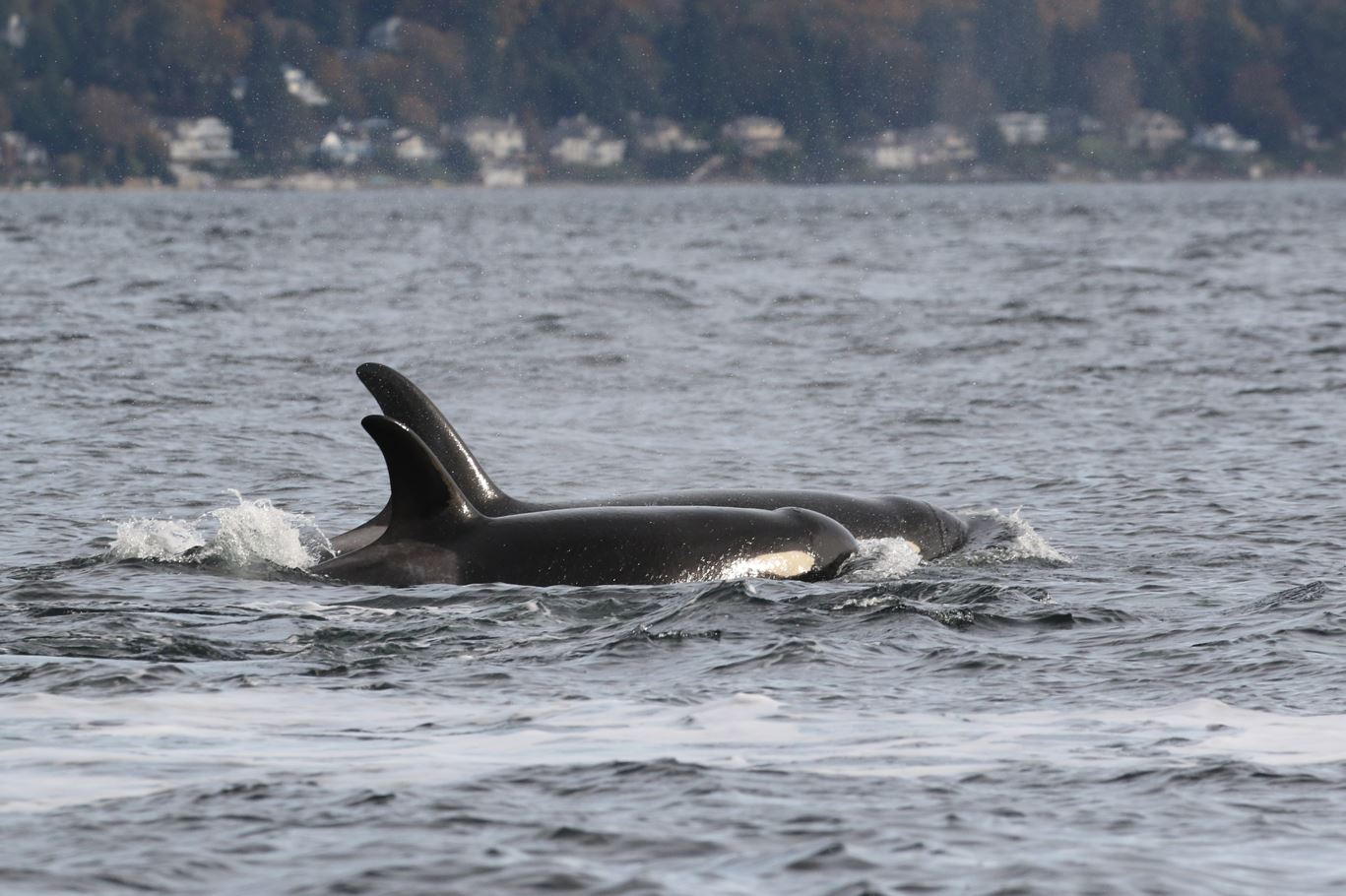
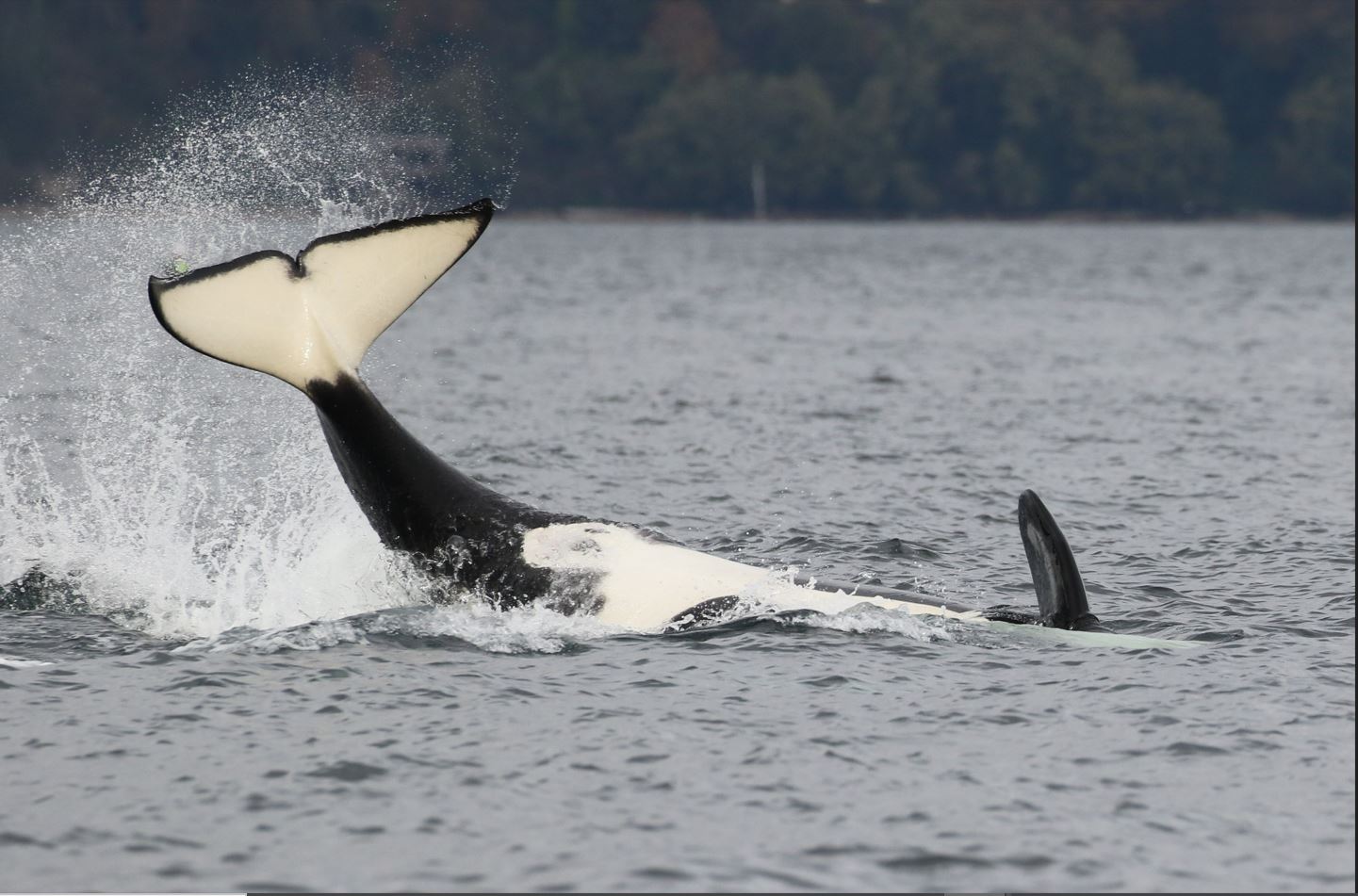
Write a short story with orca communication
- Read aloud from Chapter 4 (“Conversations Beneath the Waves”) in Superpod, starting with the line halfway through the chapter “So what are they communicating with all these noises?” This section describes what scientists know so far about how the orca language seems to be both similar to and different from human language. There’s also a brief story about hearing an orca named Ruffles making some mysterious calls.
- Play a longer audio clip for the students (push play on the clip under “Listen to a 6-minute highlight,” and you can hit stop after a minute or two). Ask students to imagine what these orcas might be communicating about.
- Ask students to write a fictional short story with orcas communicating with each other. How would they try to translate orca communication into English?
Quieting the waters through persuasive writing
Unfortunately, a lot of other noises get in the way of orca calls and the echolocation clicks they use to find salmon. Some of these noises are natural and intermittent, like rain and underwater earthquakes. Others are human-made and increasingly pervasive.
Research first
- Divide the class into groups in a computer lab or do this together in the classroom looking at a large screen.
- Explore common sounds of the Salish Sea by clicking the animals and other objects in this panoramic soundscape from Langley Whale Center and Orca Network.
- Listen to “Anthropogenic sounds” audio clips
- Collectively create a list on the board of human-made underwater noises that could make it harder for the Southern Resident orcas to communicate and find prey. (Could include: container ships, motorboats, other kinds of vessels, construction, military sonar testing, oil drilling, seismic surveys, deep-sea mining, etc.)
Now write
- Ask students to pick one of those sources of noise and brainstorm or research ways people could work to reduce it. You could print out an article like this one or suggest they do online research using NOAA.gov, articles, and environmental NGO websites. Other good sources are Chapter 14, “An Ocean Full of Noise” and Chapter 15, “Quieting the Waters” in Superpod.
- Next, ask students to write a persuasive piece to urge someone to take an action to reduce that source of underwater noise. Encourage students to focus on the audience they have in mind and what that audience cares about; the specific action they want the audience to take and how it will help the orcas; and 1-3 points or facts they can use to back up their argument. It could be addressed to an elected official, decision-maker, boater, construction company, or shipping company, for example, and could take one of these forms:
- Letter to the editor of a newspaper (typically 200 words max)
- Two-minute speech for a phone call or a public comment at a hearing
- Letter to a legislator
- Poster or flyer
More classroom activities
Download the Teacher’s Guide to Superpod for more fun activities and classroom discussion guides.
Featured image credit: “Killer Whale (Resident Orca)” by Shawn McCready is licensed under CC BY-ND 2.0.
Nora Nickum leads ocean conservation policy work for the Seattle Aquarium. She also writes middle-grade and picture books, often exploring STEM topics and celebrating biodiversity. Her first book, Superpod: Saving the Endangered Orcas of the Pacific Northwest (Chicago Review Press, 2023), for ages 8-12+, is a Junior Library Guild Gold Standard selection. Learn more about Nora at www.noranickum.com and follow her on Twitter and Instagram @noranickumbooks.


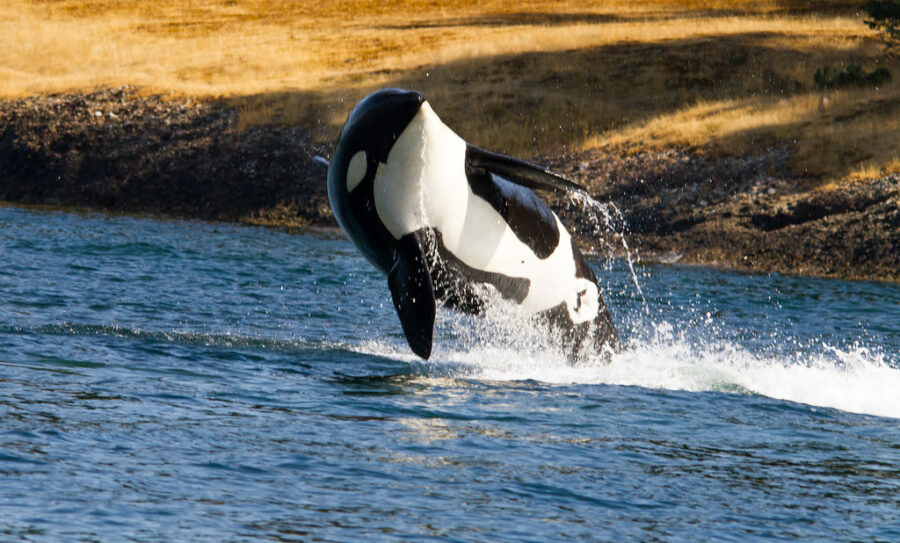

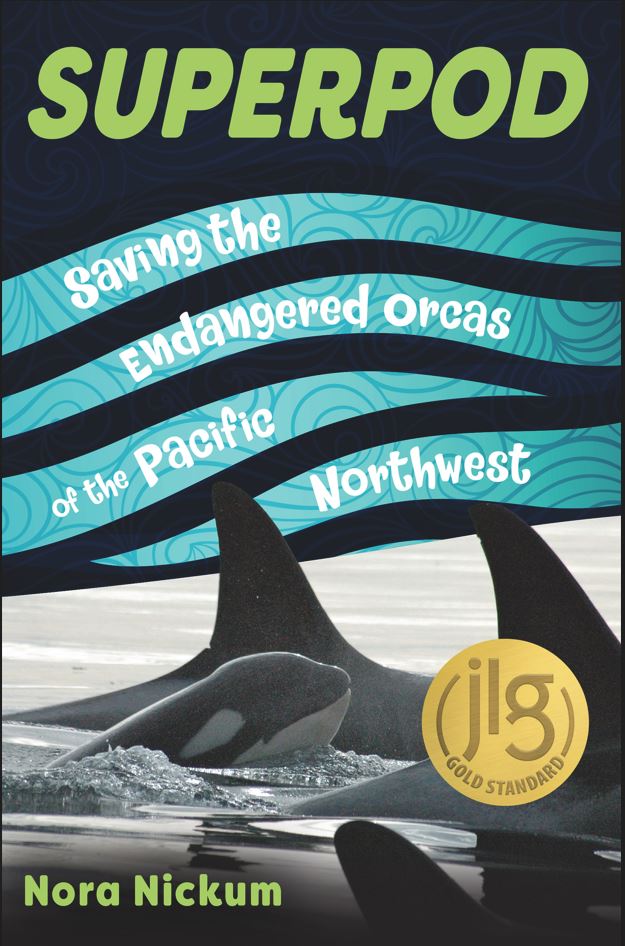


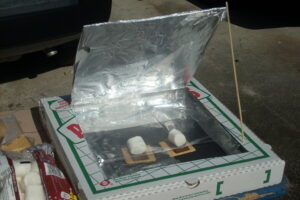
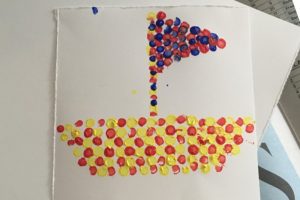


Leave a Reply
Your email is safe with me.